“A beautiful old mansion would be easier to redevelop than a home where someone was murdered.”
This week’s post by Lindsey Davis spurred me to think again about how our environment influences the way we experience the world around us, and the impact it has on our lives. Lindsey points out the balance that is struck when planners and city leaders determine that a neighborhood or area of the city would be better demolished than repaired.
Perhaps, she argues, these parts of the city should start a new story, free from the architecture that haunts their past.
I think she is probably right. Their present is the part that I have been thinking about, though, and the impact that living with a history and an environment may have upon the residents in any neighborhood. Each of us experiences Baltimore in a different way, and so that architectural impact is different for all of us, depending on our habits and our pre-existing constitution. Many of us cut a fairly narrow slice of the Baltimore pie (or whichever city or pastry you live in), because of where we work, study, play, or live, and the locations and routes between these activities vary for all of us.
This past weekend, the Baltimore Marathon (which I watched, but did not run) wound it’s way through much of the city, hitting the Inner Harbor, Druid Hill, Waverly, and many miles in between. The Baltimore Bike Party often has a similarly winding route, and I appreciate that both attempt to expose both residents and guests to parts of the city that typically do not get seen by tourists, commuters, and — more often than not — white people like myself.
There is no way to understand the city from the Johns Hopkins Homewood campus, or from the Inner Harbor, or from the Under Armor headquarters. The particular portions of the city that Lindsey makes reference to are not pretty, and in fact may be derelict or downright abandoned, but are integral to understanding what makes this place. Neighborhoods stricken by urban blight have an enormous impact on the financial, social, and psychological health of the city.
From a public health standpoint (which, I have argued before, is perhaps the best lens through which to analyse a human population), there are a number of concerns that urban blight brings up, including correlation with poverty, high disease burden, low literacy rates, crime and violence incidence, access to food and services.. the list goes on, of course. However, an issue that is harder to quantify is the psychological impact of a blighted neighborhood.
A 2002 article in the British Journal of Psychiatry linked found statistically significant associations between the built environment and rates of depression. Another study published in 2002, this one in the Journal of Social Science & Medicine, found that “neighborhood disadvantage was associated with higher rates of major depression and substance abuse disorder” among other negative psycho-social conditions.
This is not surprising. Think about your own home, and your favorite room or space in it. What are a few of the things that you like about it? Pick two or three of them and then meet me at the next paragraph…
Hi, welcome back. Although I can’t be sure, I strongly suspect that the things you like about your favorite room in your house have to do with beauty, comfort, positive memories or associations, or attractiveness. Now reverse that scenario, imagine your least favorite part of your home, and I would again be willing to bet a bowl of freshly roasted pumpkin seeds that the space you just identified has negative connotations, gives you feelings of dread, disappointment, or even disgust (if you’re struggling to get your walls out of the 1970s, I hear wood paneling looks great with a coat of white paint). Now scale these impressions to a street or a neighborhood, and the correlation with psycho-sociological outcomes starts to make a lot of sense.
It all comes back to the poverty/wealth disparity, in my opinion. Will money make you happy? Certainly not in isolation, but if it buys/rents you a decent place on an attractive street in a part of the city with strong civic engagement, then you’ve probably got a head-start on happiness compared to someone who lives sandwiched between abandoned buildings, has to rely on an unpredictable bus system to get to their job, and lives in one of only a half dozen occupied homes in a three block radius. Besides, once you’re in that nice neighborhood, there’s a good chance that grocery stores will be easier to get to, crime rates will drop, and transportation options will be better (well, maybe that last one is a stretch…).
The question that lingers for me is one that Lindsey also raised — is there a point where the “institutional memory” of a place is so malign that the only recourse is to remove the architecture of those memories? According to Lindsey, that may be the case. The individuals who collectively hold and live these institutional memories may be the most compelling reasons of all, however. Preserving a neighborhood of decay and bad memories is no way to effectively raise morale and standard of living. Instead, city planners may hope to cause social change through infrastructure improvements, a tired, but tried and true strategy that has had positive results in the past.








